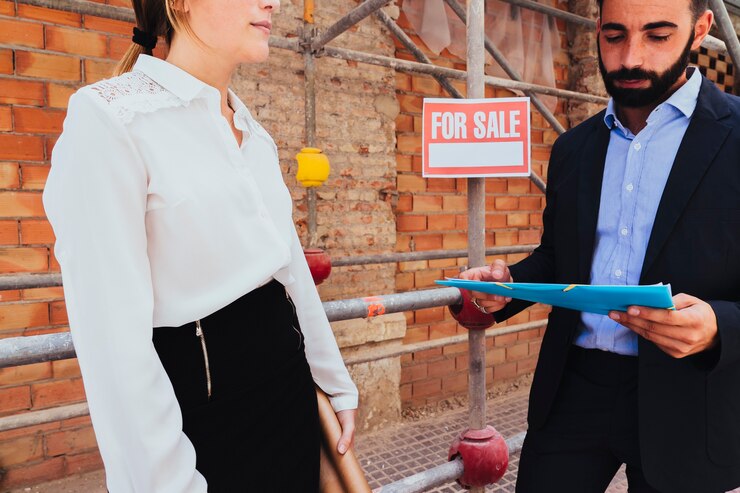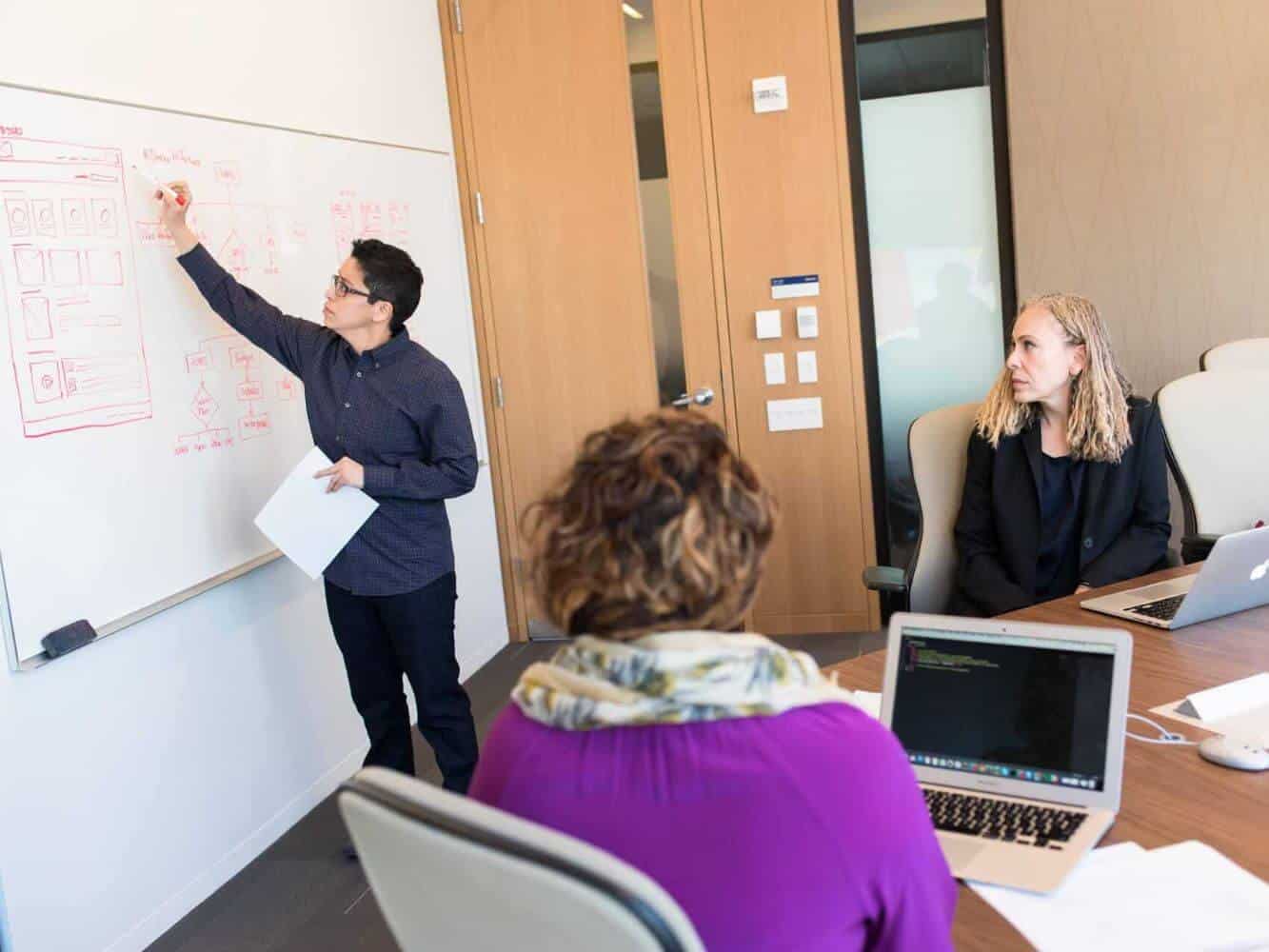In an age where tradition grapples with technology, sodziu stands as more than just a regional term—it has become a cultural emblem. For those interested in heritage, language, or the preservation of overlooked identities, sodziu opens a window into a world shaped by rootedness and constant reinvention. This article explores the deeper meaning behind sodziu, its relevance in modern society, and how it reflects the ongoing tension between cultural continuity and transformation in our interconnected world.
What Is Sodziu? A Definition Anchored in Place
At its essence, sodziu (pronounced sohd-zoo) originates from the Baltic linguistic tradition, commonly referring to a rural village or locality. Yet, describing it as simply a “village” undercuts its full meaning. Historically, sodziu represents more than a physical settlement—it embodies a way of life shaped by community bonds, nature’s cycles, and a deep connection to the land.
Life in a traditional sodziu was built on cooperation, familial ties, and shared customs. It wasn’t just a place to live—it was a framework for living. Within these communities, identity was not individualistic but collective, and daily life was closely aligned with the natural environment.
Linguistic Roots of Sodziu
The term sodziu has its roots in the Proto-Baltic word sad-, meaning “garden” or “orchard.” Over time, this concept expanded beyond cultivated land into a broader symbol of communal life. The word appears in various grammatical forms—sodžius (nominative), sodžiuje (locative), sodžiaus (genitive)—and is deeply embedded in Baltic languages like Lithuanian, where it features prominently in folklore, poetry, and rural narratives.
These linguistic variations do more than describe geography; they evoke memory, tradition, and a lifestyle shaped by the land. In this way, the sodziu lexicon preserves a fading worldview.
The Searcher’s Intent: Why Are People Looking Up “Sodziu”?
The growing online interest in sodziu is more than academic. It reflects a wider curiosity about fading traditions and sustainable living models. People are asking:
- Is sodziu a vanishing lifestyle?
- What cultural value does it still hold?
- Can these traditional communities offer solutions for today’s disconnected world?
Rather than merely defining the term, searchers are exploring what sodziu represents—a bridge between the past and present, between simplicity and complexity.
Sodziu as a Cultural Archetype
Although sodziu is geographically linked to Baltic and Eastern European regions, its symbolism transcends borders. It represents:
- The erosion of ancestral knowledge due to urban migration.
- A slower, intentional rhythm of life in contrast to today’s digital chaos.
- A model of self-sufficiency rooted in farming, handicrafts, and local trade.
- A decentralized approach to governance, often based on communal consensus.
In this sense, sodziu challenges modern values of consumerism, isolation, and top-down authority. It embodies an alternative philosophy centered on connection—to the land, to others, and to tradition.
Language, Memory, and the Sodziu Lexicon
Language and memory are tightly woven in the fabric of sodziu culture. In Lithuanian, Latvian, and Belarusian literature, sodziu often appears in emotionally rich contexts—stories of wooden homes, winding dirt paths, orchard-lined lanes, and elderly wisdom passed down through generations.
For linguists and cultural historians, sodziu vocabulary is a critical link to oral traditions, seasonal rituals, and intergenerational knowledge. Even the physical structures of a sodziu—from communal wells to harvest barns—speak a language of place and purpose.
The Displacement of the Sodziu Identity
The 20th century brought seismic changes that deeply impacted sodziu communities. Wars, forced collectivization, industrial development, and urban sprawl led to the fragmentation—or complete loss—of many traditional sodzius. What remains are echoes:
- A surname hinting at rural ancestry.
- A proverb or song remembered by elders.
- A forgotten family plot, overtaken by wild grass.
These remnants illustrate what scholars describe as a “diaspora of memory”—a cultural disconnection often tinged with longing, loss, and reflection. Honoring the legacy of sodziu requires not only remembering what was but understanding the forces that led to its disappearance.
Sodziu in Contemporary Urban Imagination
As urban centers expand and rural communities diminish, an ironic trend has emerged—city dwellers are increasingly embracing sodziu-inspired ideals. This renewed interest is evident in movements such as:
- Urban gardening and permaculture
- Community-supported agriculture (CSA)
- Minimalist living and small home design
- Digital detox practices and the slow living philosophy
These are not fleeting lifestyle choices. Instead, they reflect a deeper yearning for the essence of sodziu—a return to environmental harmony, meaningful relationships, and shared identity. While urbanites may not physically relocate to the countryside, they symbolically adopt the values that sodziu has long represented as a way to combat modern fatigue and disconnection.
The Digital Sodziu: Community in a Post-Place World
In today’s tech-driven landscape, the spirit of sodziu is evolving into digital form. No longer tied to physical geography, it now finds expression through online communities, forums, blockchain collectives, and social media networks.
These digital sodziu versions are:
- Rooted in shared values rather than location
- Centered on cooperation, shared knowledge, and cultural preservation
- Sometimes anonymous, yet deeply emotionally connected
From virtual heritage museums to diaspora groups exchanging farming techniques or DAOs managing rural projects via smart contracts, the soul of sodziu persists—even when translated into digital code.
Emotional Resonance of Sodziu
To many Lithuanians, sodziu evokes more than just a place—it’s a profound emotional memory. Recollections often include:
- Childhood days spent harvesting berries in backyard gardens
- Quiet nights listening to crickets under candlelight
- The earthy scent of rain on freshly tilled soil
These sensory moments form powerful ties to identity. Even when living abroad, many Lithuanians describe sodziu with deep affection. The word itself becomes a symbol of home, grounding them with a lasting sense of belonging.
Climate Change and the Return to the Land
As climate change disrupts unsustainable urban lifestyles, the resilience and sustainability of sodziu-style living are gaining fresh relevance:
- Food independence through local agriculture
- Energy-efficient housing designs
- Community-based water and waste management
Far from being outdated, these approaches are forward-thinking. Many governments and environmental organizations now support rural revitalization through initiatives like “eco-villages” and “rural innovation hubs.” Yet, at the heart of these modern efforts lies the enduring sodziu philosophy: the land nurtures, but only when we honor and protect it.
Modern Adaptations of Sodziu Life
Despite rural migration to cities like Vilnius and Kaunas, the charm of sodziu continues to attract interest. Many city residents transform old countryside homes into relaxing weekend retreats, known as “sodybos.”
Modern interpretations of sodziu living include:
- Eco-tourism experiences such as horseback riding and traditional craft workshops
- Renovated guesthouses preserving rustic aesthetics
- Local entrepreneurs promoting honey, cheese, and herbal products with authentic rural branding
These efforts represent a meaningful blend of tradition and innovation, offering both economic opportunity and cultural preservation.
Sodziu and Education: Learning from the Past, Living in the Present
Educational models grounded in sodziu values offer a refreshing alternative to standardized systems. Programs increasingly focus on:
- Reviving ancestral handcraft techniques
- Teaching sustainable farming and agricultural literacy
- Preserving folklore through oral storytelling
- Promoting environmental care and stewardship
These approaches are not nostalgic retreats into the past. They serve a strategic purpose—empowering young generations with self-reliance, rootedness, and a tangible connection to their heritage. In an age overwhelmed by screens, sodziu-centered education reconnects learners to nature, community, and meaningful experience.
Artistic Revivals and the Aesthetic of Sodziu
Creative communities across the globe are rediscovering the charm of sodziu, an aesthetic rooted in rustic simplicity and cultural memory. Characterized by elements like weathered wood, linen fabrics, hand-sketched maps, and ambient recordings of nature—wind, birdsong, and rural soundscapes—the sodziu look is making a noticeable return. Its influence can be seen in:
- Indie music video production
- Sustainable fashion collections
- Documentary-style photography projects
- Museum showcases on disappearing rural lifeways
These are not mere design trends—they represent intentional acts of cultural remembrance. When art students or designers weave sodziu elements into their work, they’re building a bridge between past and present, tradition and innovation, the physical and the digital.
Sodziu and the Politics of Preservation
Preserving sodziu heritage is about far more than safeguarding architecture—it’s about maintaining systems of relationship, identity, and belonging. However, this pursuit often brings up difficult questions:
- Should sodzius remain untouched or be allowed to adapt with time?
- Who holds the authority to define what constitutes “authentic” sodziu culture?
- At what point does cultural preservation blur into commercial exploitation, such as in heritage tourism?
Policymakers, conservationists, and cultural leaders must find a delicate balance between protection and evolution. If sodziu is to remain meaningful, it must be kept alive—not sealed off like a relic in a museum.
The Global Echo: Sodziu Beyond the Baltic
Although the word sodziu originates from the Baltic region, the spirit it represents echoes around the world. Every continent offers a version of this place-based community model:
- Japan’s satoyama villages
- Africa’s intergenerational compound systems
- Latin America’s pueblos and fincas
- The Appalachian hollows in the U.S.
Each has its own cultural logic, but the shared thread is clear: a community built in tune with its land, values, and social ties. The sodziu mindset is global, resonating with anyone seeking rootedness and harmony.
Technology and the Ethics of Sodziu Preservation
As technologies like virtual reality, AI, and digital archiving expand, new opportunities emerge to preserve sodzius in digital form. Entire villages, dialects, rituals, and stories can be reconstructed for future generations. But such innovation raises important ethical questions:
- Who decides what stories are told and what is left out?
- Can a digital re-creation ever truly capture lived experience?
- Are we authentically preserving sodziu culture—or merely simulating it?
These questions highlight the need for community-centered approaches to digital preservation. Those who have lived the sodziu life should be the ones shaping how it’s remembered and represented, ensuring that cultural memory stays authentic and grounded.
Preserving the Sodziu Heritage
The rich cultural fabric of sodziu is gaining renewed attention through preservation efforts led by nonprofits and government agencies. These initiatives are breathing life back into traditional elements such as thatched roofs and timber-framed homes, supported by dedicated grants. Ethnographers are also working diligently to document local dialects and culinary practices unique to each sodziu region, safeguarding these customs for future generations. Educational programs are playing a key role as well—urban schoolchildren are brought to functioning farms where they learn to sow flax and spin linen, engaging in crafts passed down through centuries. These measures go beyond structural conservation; they are designed to protect and promote the living, breathing soul of sodziu culture.
Youth, Identity, and the Rediscovery of Roots
Surprisingly, it is the digitally native younger generation that is leading the charge in reconnecting with sodziu heritage. Many of them, raised amidst city skylines and fast-paced lifestyles, are now pausing to ask meaningful questions:
- “Where did my ancestors live?”
- “What values did they hold dear?”
- “How can I bring that legacy into my daily life?”
This awakening isn’t about turning back the clock. Instead, it’s a forward-thinking journey—an exploration of identity where sodziu becomes a way of life rather than a geographic location. It’s about living with greater purpose and deeper awareness, no matter where one resides.
The Sodziu Future: Hybridity, Flexibility, and Global Belonging
What lies ahead for sodziu isn’t a rigid return to the past, but a dynamic evolution toward balance and relevance. The sodziu of the future is defined by:
- A deep respect for the environment while embracing digital fluency.
- A global mindset grounded in local traditions.
- A seamless blend of innovation and heritage.
This hybrid identity is equally comfortable with coding as it is with cultivating soil. Far from conflicting, these qualities coexist to form a new kind of coherence—one that modern societies desperately need.
Final Thoughts: Sodziu as Compass, Not Destination
In a world driven by rapid change and digital overload, sodziu serves as a grounding force. It’s not about retreating into nostalgia, but about reclaiming meaningful values that can guide us toward more intentional living. Sodziu offers a framework for connection, simplicity, and respect—a lifestyle ethos that remains deeply relevant.
The spirit of sodziu endures—not just in rural villages, but in every choice we make to live with mindfulness and integrity. It’s not lost in time; it’s embedded in the actions we take today to honor our roots and shape a better tomorrow.
FAQs
1. What does “Sodziu” mean?
The term sodziu traditionally denotes a rural village or hamlet, especially within Baltic and Eastern European regions. More than just a geographic location, sodziu embodies a lifestyle grounded in the land, guided by generational wisdom, and centered around community, sustainability, and seasonal harmony. It reflects both a physical place and a symbolic ethos of connectedness and belonging.
2. Why is Sodziu relevant today?
In an age of digital saturation, environmental crises, and social fragmentation, sodziu offers a timeless alternative—a model rooted in simplicity, cooperation, and ecological awareness. Increasingly, individuals and communities are looking back to sodziu-inspired practices, such as farm-to-table living, slow-paced routines, and intergenerational learning, as pathways toward more meaningful and sustainable futures.
3. Is Sodziu a real location or a cultural idea?
Sodziu is both a literal and conceptual entity. It refers to actual villages found in Baltic landscapes, yet it also represents a cultural archetype built on resilience, tradition, and harmony with nature. Today, sodziu is frequently discussed in the context of heritage preservation, sustainable living, and cultural identity—serving as a symbol of the values many seek to reclaim.
4. How is Sodziu being preserved or revived?
Efforts to preserve sodziu are taking shape through a range of initiatives: rural development programs, ecological homesteads, cultural heritage projects, and online platforms archiving traditional knowledge. In modern settings, both rural and urban, people are adapting sodziu principles—like shared responsibility, environmental stewardship, and local economies—to contemporary life, giving new relevance to old wisdom.
5. Can people outside the Baltic region connect with the idea of Sodziu?
Yes, the spirit of sodziu resonates far beyond its regional roots. Many cultures have their own interpretations of a close-knit, land-based community. Whether it’s a village, a tribal clan, or a cooperative living setup, the core values of sodziu—collaboration, self-reliance, and rooted living—are globally relatable. Embracing sodziu today means fostering deeper connections with people, place, and purpose, no matter where one lives.




